Into the Island Wild [Day 2]
by Rudston Steward

The Aeolian Island of Salina presents a special case of this dilemma, as it has twin peaks of virtually equal height, Monte Fossa delle Felci (965m) and Monte dei Porri (860m). The idea of climbing one and not the other seemed to me an unreasonable prospect; they are quite different mountains, two perfectly conical and perfectly alluring volcanoes both ripe for the picking. So I found a reasonable solution: a 3-day hike around the island’s circumference (clockwise from Rinella round to Santa Marina and Lingua), walking up both peaks along the way.
Rinella is Salina’s secondary port, a calm far cry from the bustle of Santa Marina’s constant activity. In April the quiet is interrupted only by an occasional hydrofoil, and the splutter of Ape three-wheelers careening up and down the switchbacks to the port.
A fisherman sees me lacing up my walking boots, asks where I’m going, and offers me nespole (medlars) from his tree. His tassled grey beard has engulfed his mouth and cheeks in a fuzzy bear-hug, it’s much wider than his face. I pick half a dozen fruits and set off up the lane behind the port.
HILLSIDES OF YELLOW BROOM FLARE ACROSS RUST-COLOURED VOLCANIC SCORIA. THE PUMICE-LIKE GRAVEL SCATTERS AND CRUNCHES UNDERFOOT LIKE CRACKLING.
From the top of the town cobbles zigzag steeply through terraces of wild olives hemmed in by prickly pears, up to the town of Leni—seat of one of Salina’s three municipalities. It has a stark, proud church to prove it. At the Bar Chiofalo on the main drag the proprietor serves me an espresso dark and acrid as soot.
A contour path heads north-west from Leni, around the base of the Monte dei Porri. It goes into the island wild: the remotest flank of Salina, dramatic gorges and cliffs accessible only on foot. Gradually olives and terraces give way to lentisk, heather, cistus, artemisia, euphorbia. Hillsides of yellow broom flare across rust-coloured volcanic scoria. The pumice-like gravel scatters and crunches underfoot like crackling.
The place names on the map unfurl as word-poems on the tongue: Vallespina, Pian del Vescovo, Vallone Borrello, Praiola. And, finally, Filo di Branda: a russet-hued crag plunging vertically into the sea. The path veers hard right straight up to the saddle at Pizzo Corvo.
Here is the domain of the Falco Regina, Eleonora’s Falcon. It migrates eight thousand kilometers back and forth from Madagascar every year to nest on these cliffs. I watch a pair of falcons cutting and swooping into the gorge, until they dissolve into the shimmer of the sea below. They fill me with a longing for Madagascar, where I have never been. Islands can do that: they beckon to you from across the seas, calling out in their secret insular language.
ISLANDS CAN DO THAT: THEY BECKON TO YOU FROM ACROSS THE SEAS, CALLING OUT IN THEIR SECRET INSULAR LANGUAGE.
Across the saddle the path plunges down through quite distinct vegetation. The northern slope is wetter, more lush. Low maquis is replaced by strawberry trees, pines, clusters of chestnut. The descent follows the lips of two craters: first that of Pizzo Corvo, born of the earliest volcanic activity on the island 430,000 years ago, and then the collapsed caldera of Pollara—formed during Salina’s most recent eruption—which crumbled into the sea 13,000 years ago.
I re-emerge from the island wild, dropping past plantations of capers and fields of budding wheat, through the hamlet of Pollara, past the fisherman’s caves that line the waterfront cliffs and finally down to the water. Then I dive into the sea, all the while thinking of those Eleanora’s Falcons, yearning to learn their secret insular language.
1 Comment
Comments are closed.

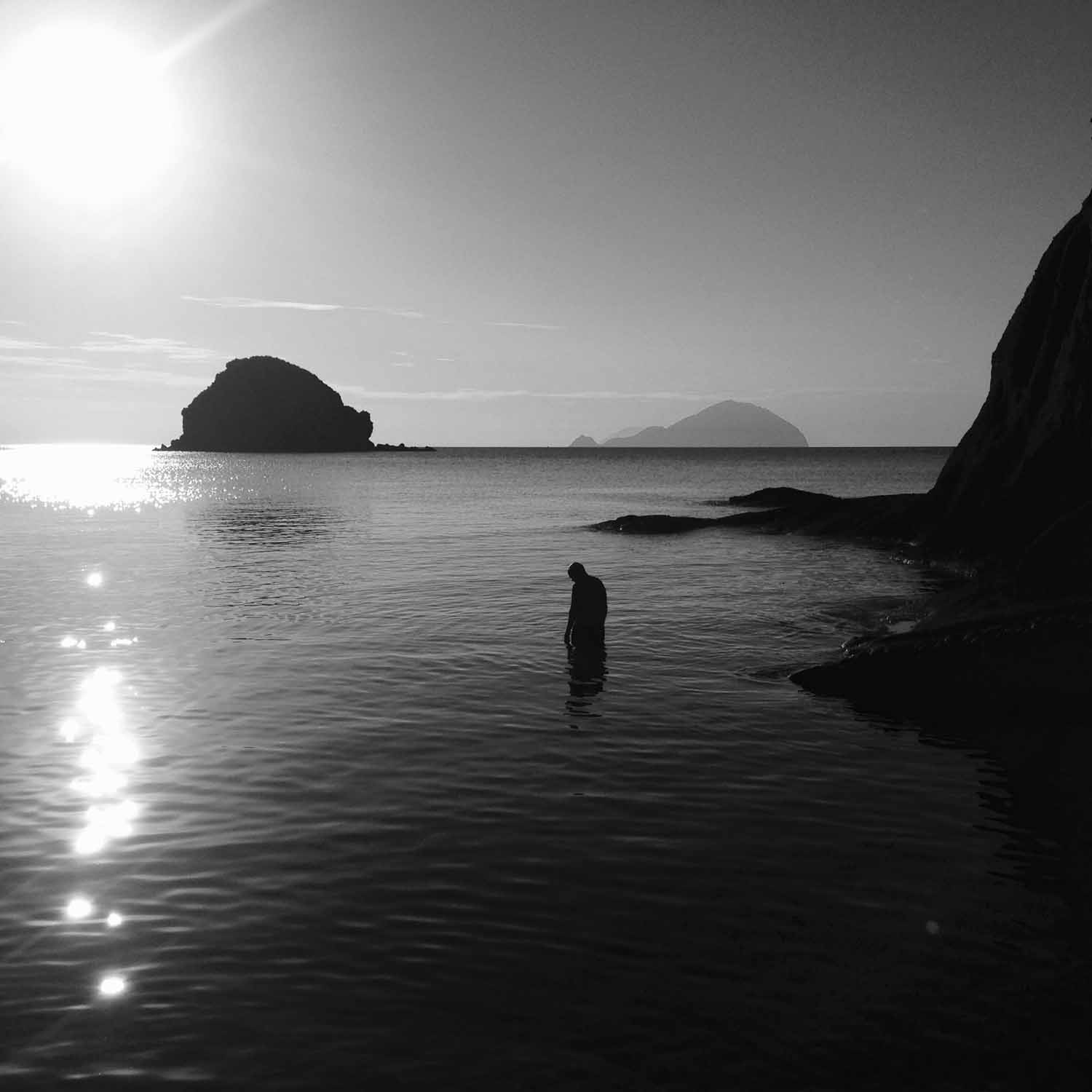


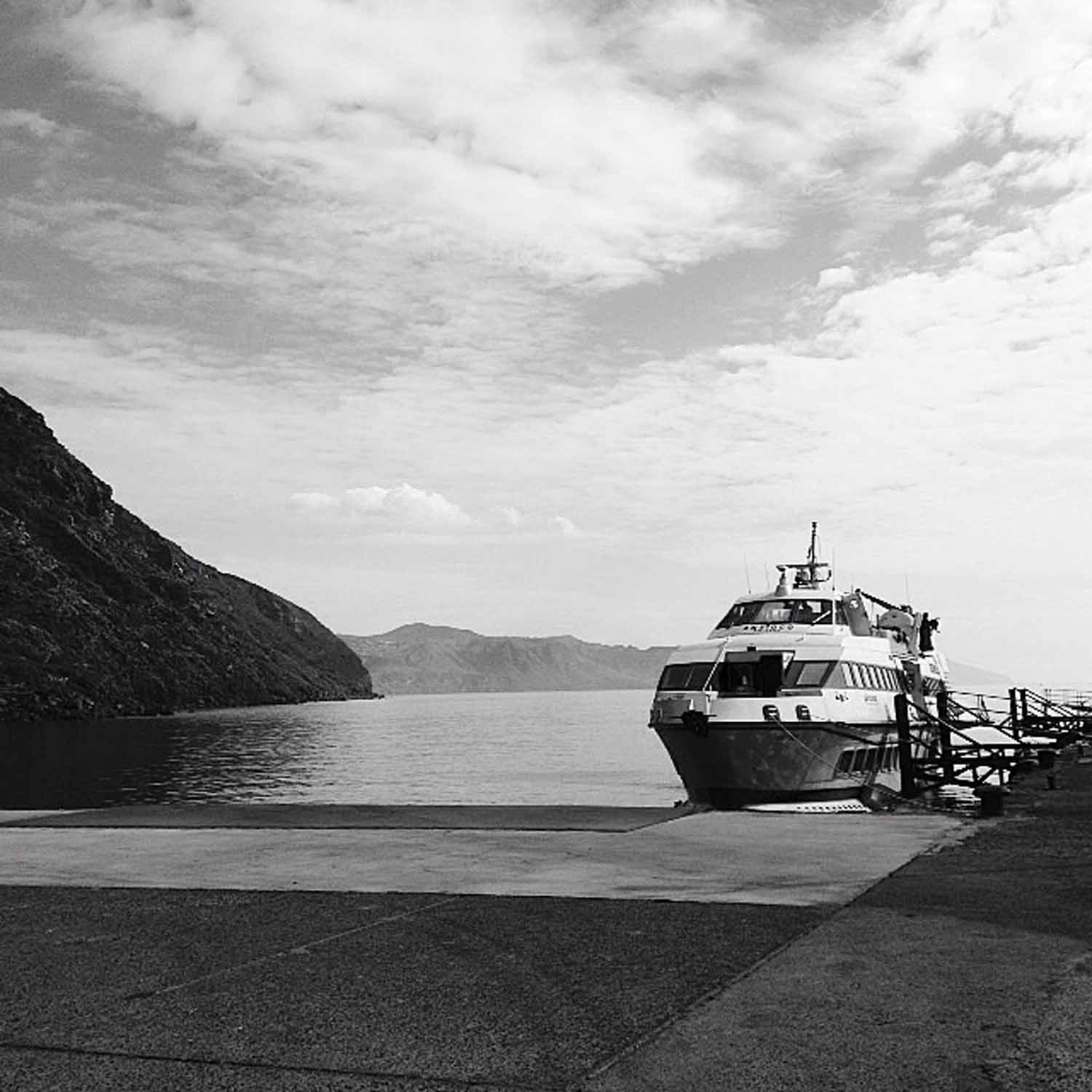

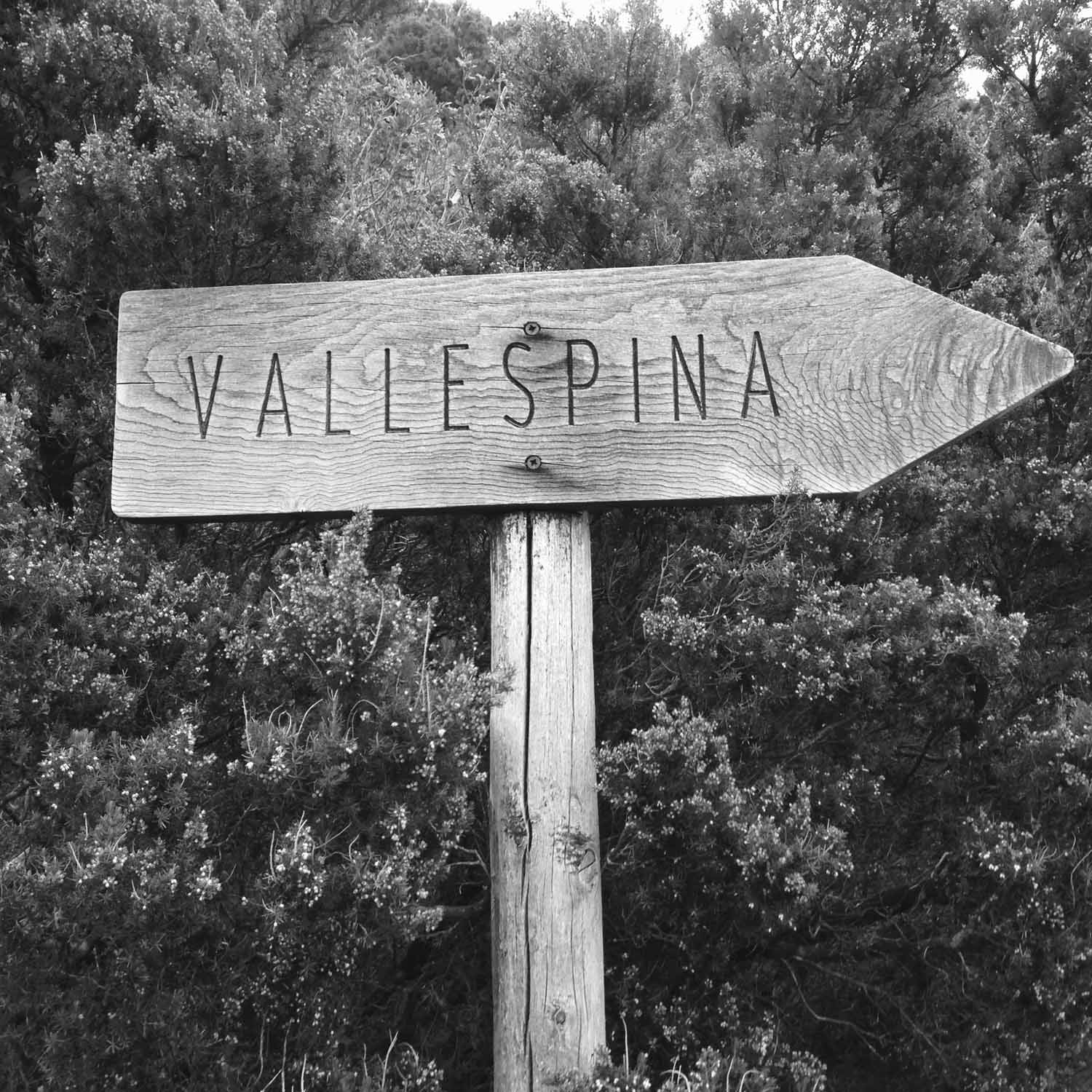
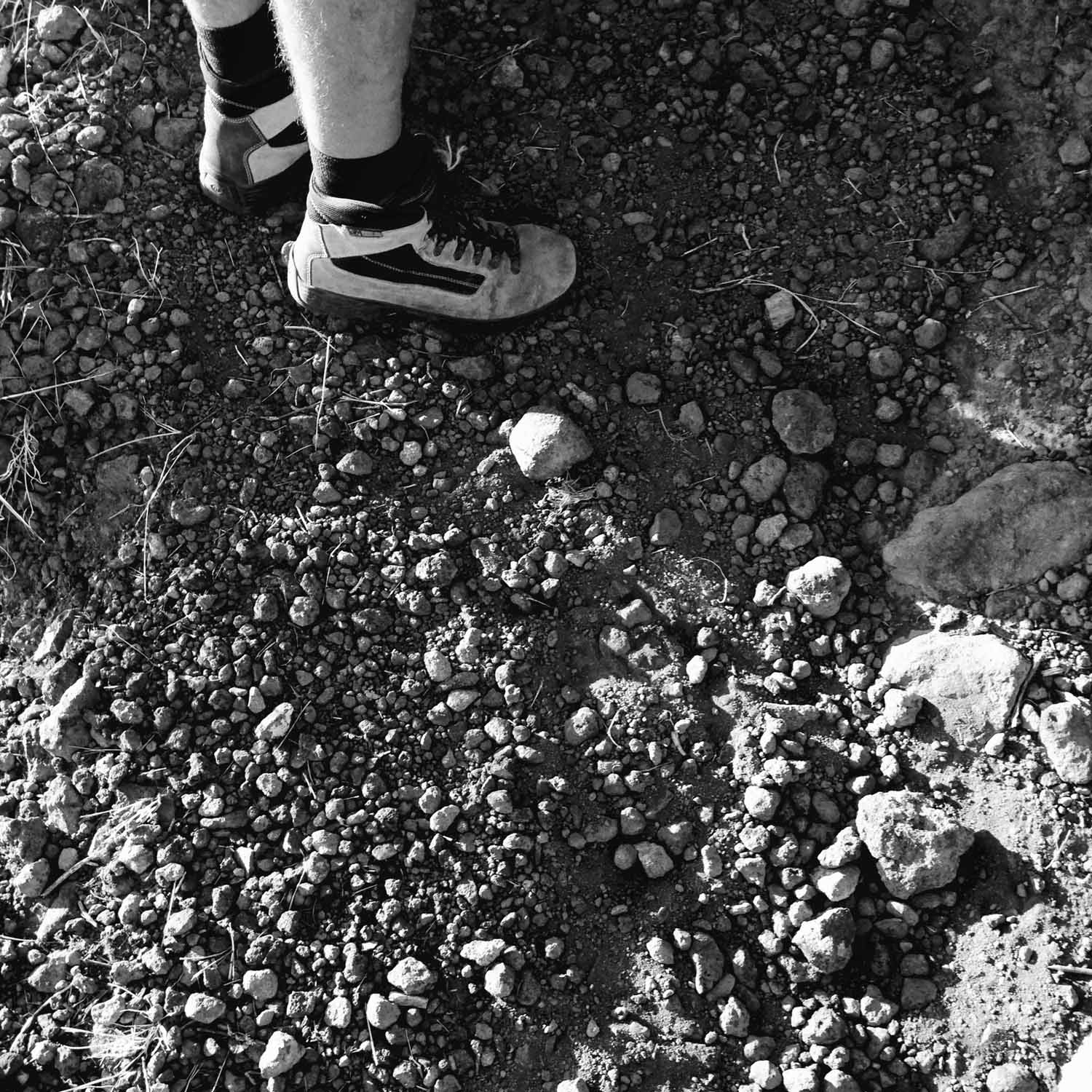
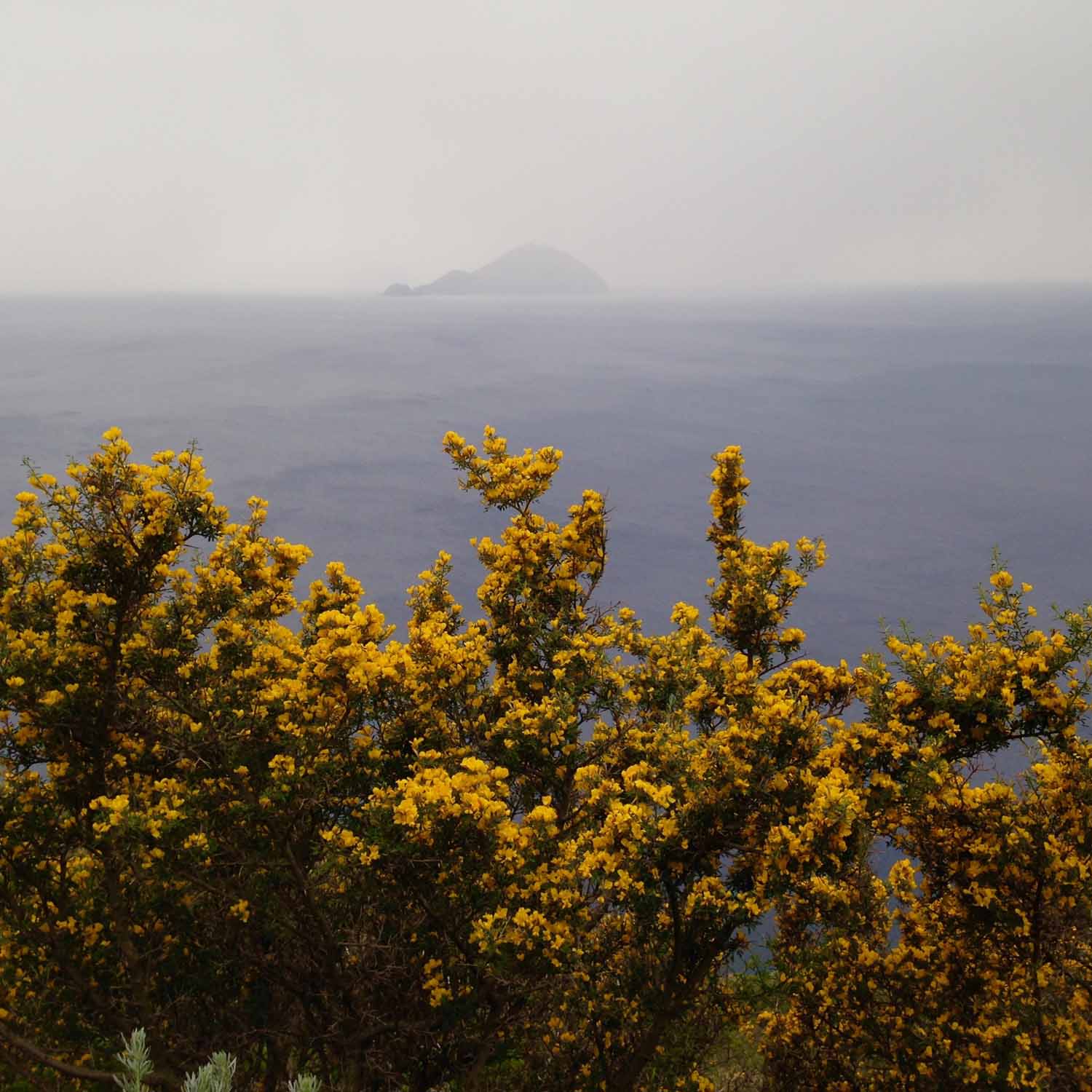
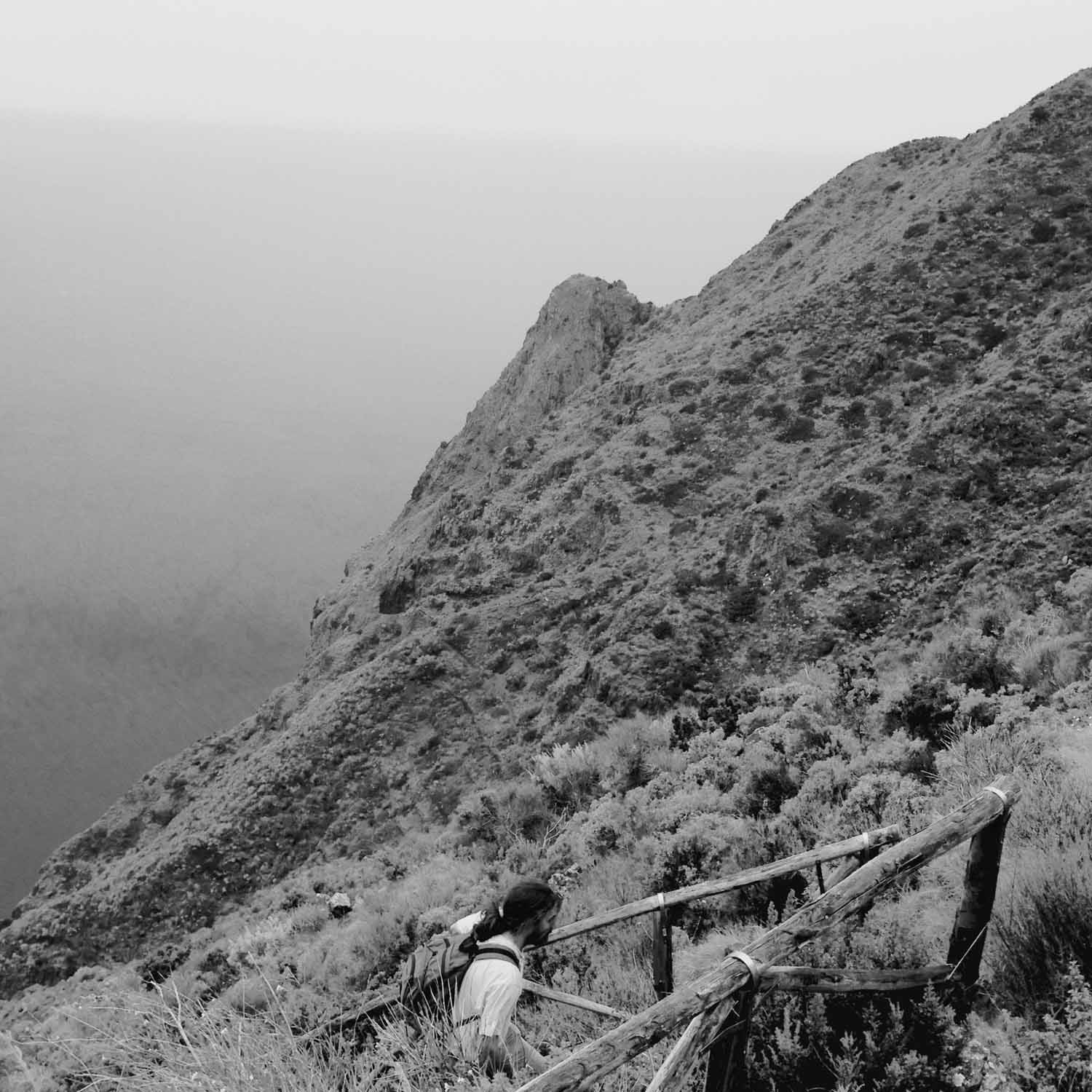
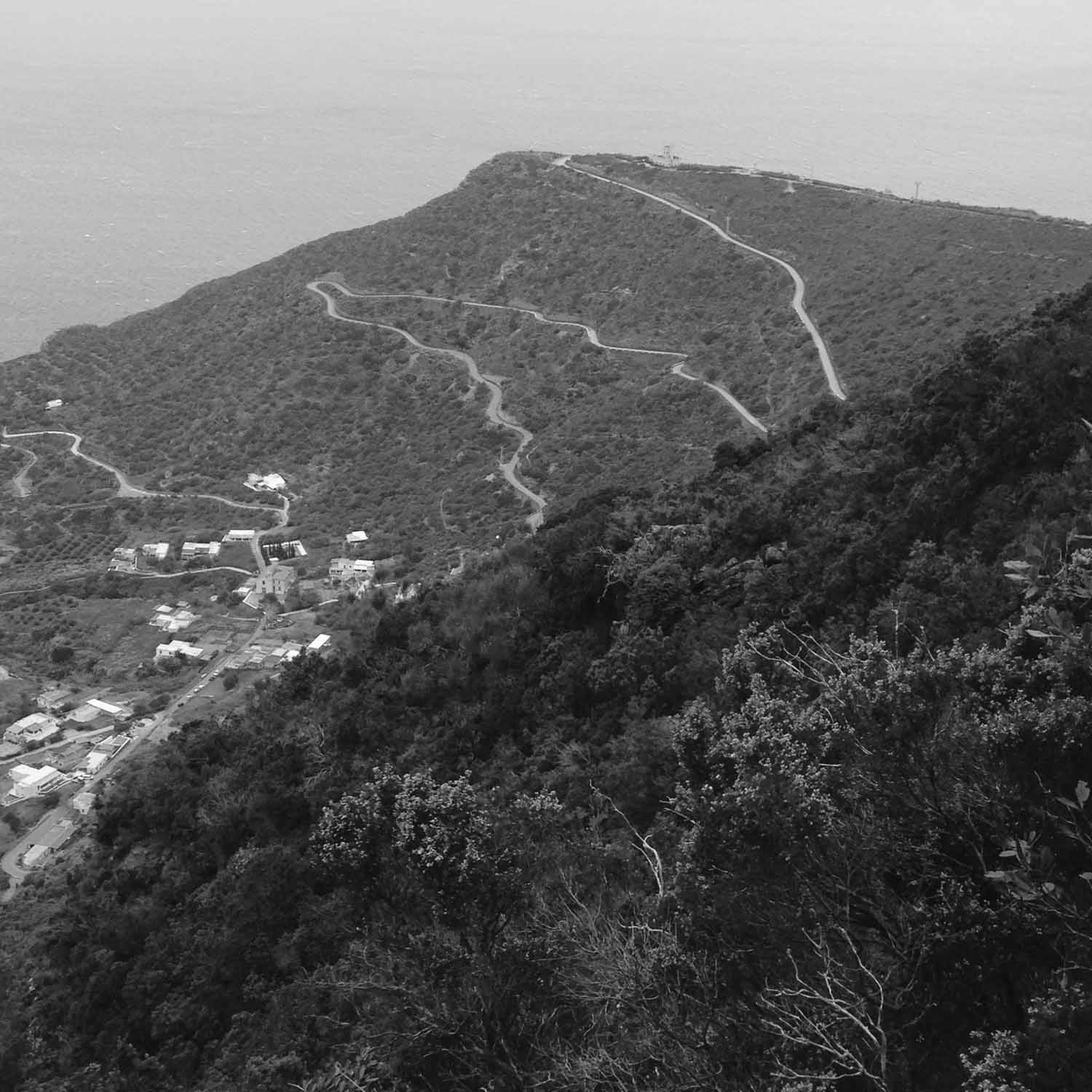
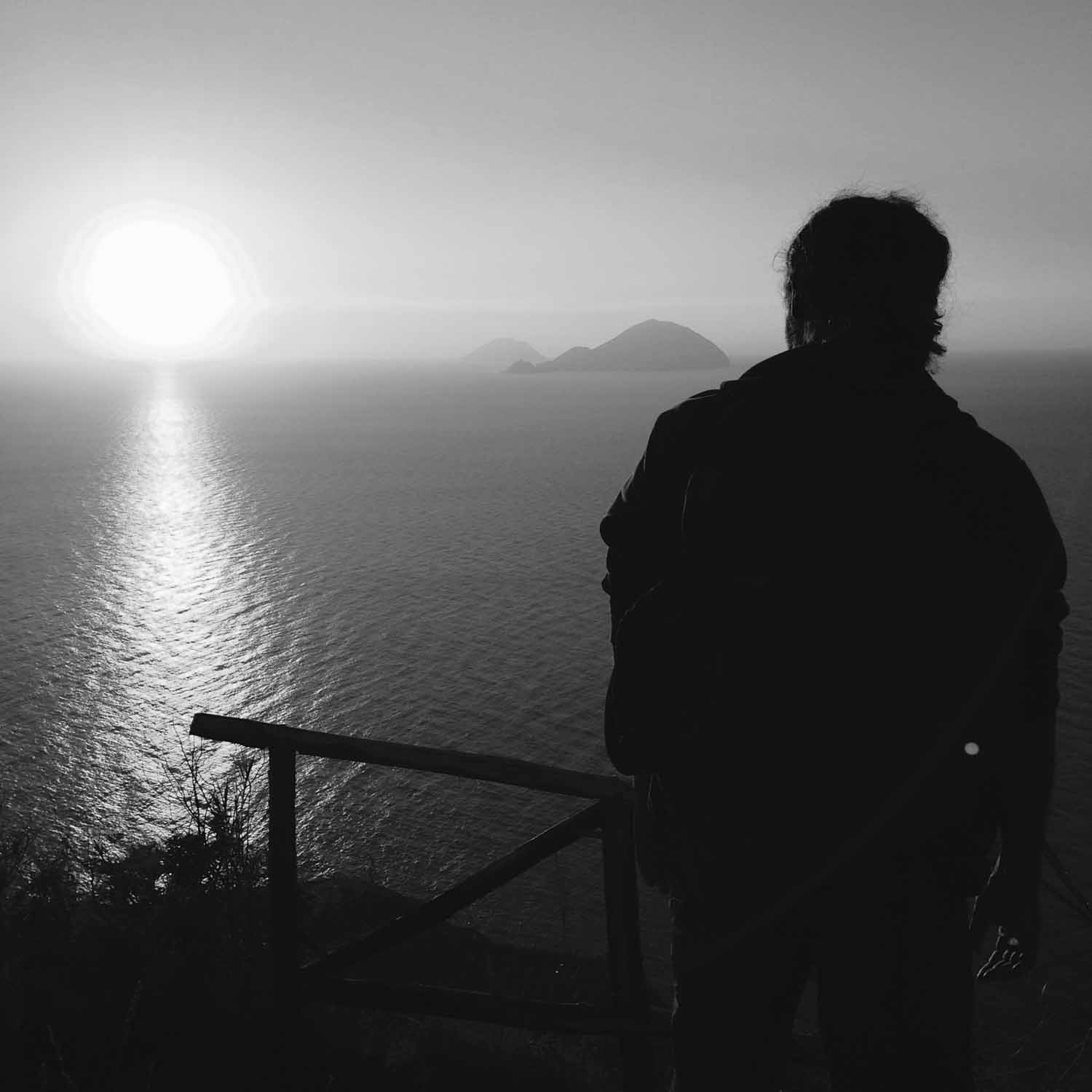

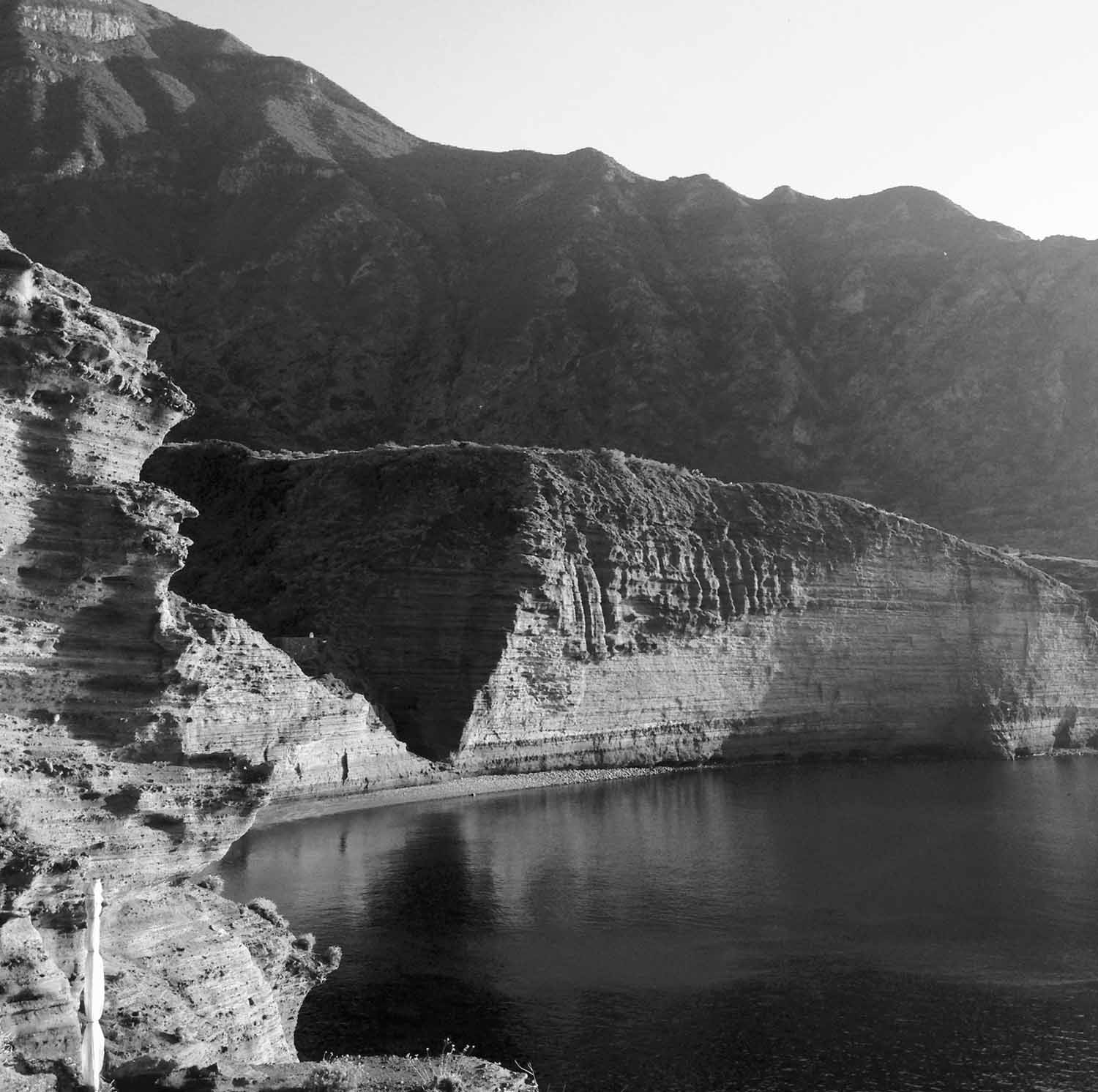

Botanically educational